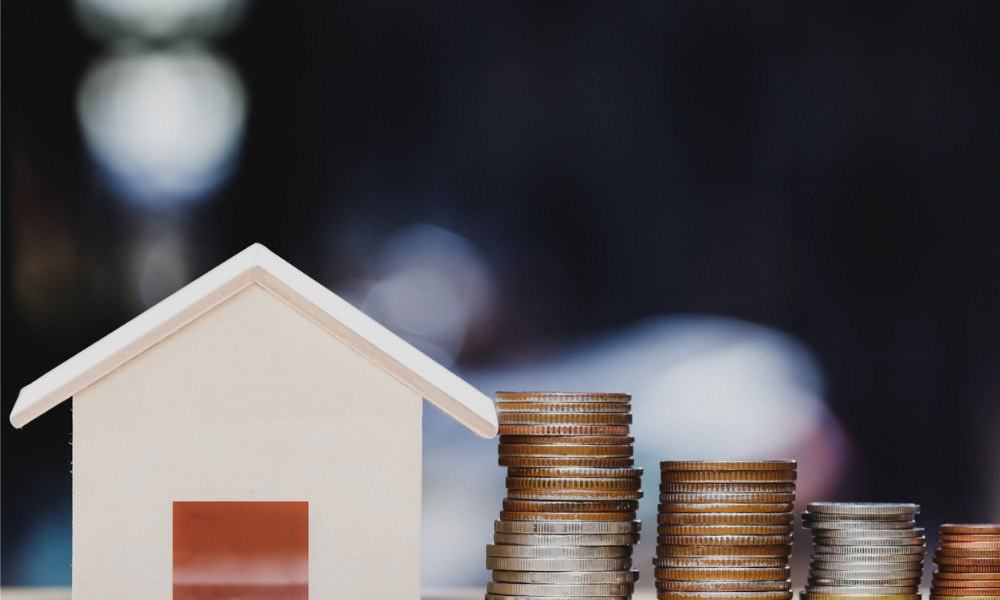Report reveals how housing affordability has changed in recent months

Rising mortgage rates and surging nominal house prices continue to weaken housing affordability and shut homebuyers out of the market.
Consumer house-buying power decreased 3.6% between January and February and was down 6.8% year over year, First American Financial’s latest report revealed. The decline was driven by the sharp increase in mortgage rates and the 30.6% month-over-month increase in real house prices – the fastest growth in the more than 30-year history of the series.
“In the latest RHPI report reflecting February 2022 data, the 30-year, fixed mortgage rate stood at 3.8%. Since then, rates have increased sharply, breaking the 5% barrier in mid-April. The increase in rates since February reduced house-buying power by $60,000,” said First American chief economist Mark Fleming.
Median household income has grown 5.1% since January 2021 and 70.4% since January 2000, boosting house-buying power. However, Fleming said it was not enough to offset the affordability loss from higher rates and rapidly rising nominal prices.
Read more: Mortgage rates in the US – 5% barrier continues to be smashed
“Rising mortgage rates and surging nominal house prices are expected to continue outpacing household income, so affordability will likely wane further nationally in the near term,” he added. “One forecast, based on an estimate of when the 10-year Treasury yield will peak, suggests that the 30-year fixed mortgage rate will likely peak between 5% and 5.7%, but may move as high as the low 6% range.”
If the average mortgage rate reached 5.5% – assuming a 5% down payment and average household income of roughly $70,800 – house-buying power would decline by an additional $21,000, according to Fleming. If rates rose even higher to 6%, house-buying power would fall by $40,000 compared with 5%.
“Recency bias may have many thinking that rates below 3% and house-buying power above $450,000 are normal, but it is anything but normal from a historical perspective,” Flaming said. “The last two years were the exception, not the rule, and the housing market is adjusting to a not-so-new normal.”



